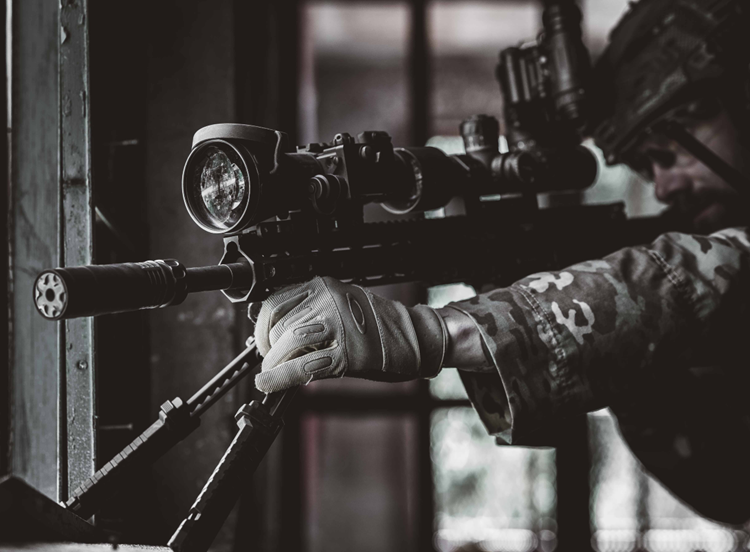Sep 5th 2023
Lesson 1 - Unveiling Darkness: The Genesis of Military Night Operations
Ever since Athena guided Epeius to construct a colossal hollow wooden horse for Odysseus, a mastermind of the Trojan War, the concept of nocturnal military operations has been etched into history. This legendary account, combined with the infamous night when soldiers concealed within the wooden behemoth emerged under the cover of darkness to seize victory, marked the beginning of an era in warfare — one that hinged on the element of surprise offered by the shroud of night.
The Trojan Horse: A Prelude to Darkness
The tale of the Trojan Horse serves as the symbolic prologue to military night operations. Crafted from the sacred wood of a cornel tree grove under the watchful gaze of Apollo, the horse became an instrument of subterfuge and deception. When the Trojans, intoxicated by the perceived victory over the Greeks, decided to keep the horse within their walls, their revelry signaled the perfect opportunity for the Greeks concealed within to act.

The Nocturnal Unveiling
As the clock struck midnight and the moon's gentle glow began to rise, the soldiers within the wooden horse embarked on a covert mission. Breaking free from their equine prison, they pounced upon unsuspecting guards, catching them off guard and shattering the stillness of the night. This audacious act of emerging from the hollow depths of the horse highlighted the advantage that darkness offered — the ability to obscure intentions and actions until the opportune moment.
The Birth of Military Night Operations
The events of that fateful night marked a turning point in the annals of warfare. The success of the Trojan Horse strategy underscored the potential of night operations, a strategy that leveraged the cloak of darkness to infiltrate enemy lines undetected. This newfound tactic altered the very nature of battle, shifting the balance in favor of those who could navigate the shadows and exploit the element of surprise.

Photo by Armasight
Legacy and Evolution
From the Trojan Horse's era to the present day, military night operations have evolved alongside advancements in technology and strategy. Modern warfare utilizes night-vision equipment, specialized training, and sophisticated intelligence to wage battles under the cover of darkness. However, the core principle remains unchanged — the darkness of night provides a canvas upon which strategy and skill can be painted without revealing the artist until the final stroke.
Conclusion
The tale of the Trojan Horse and the soldiers who emerged from its wooden confines that moonlit night remains an enduring testament to the ingenuity of early military tacticians. From those historic events, the concept of night operations emerged, marking a paradigm shift in the art of warfare. As the shadows continue to conceal secrets and strategies, the lessons learned from that ancient night remind us that the cover of darkness has the power to rewrite the narratives of war, adding an extra layer of complexity and intrigue to the theater of battle.
